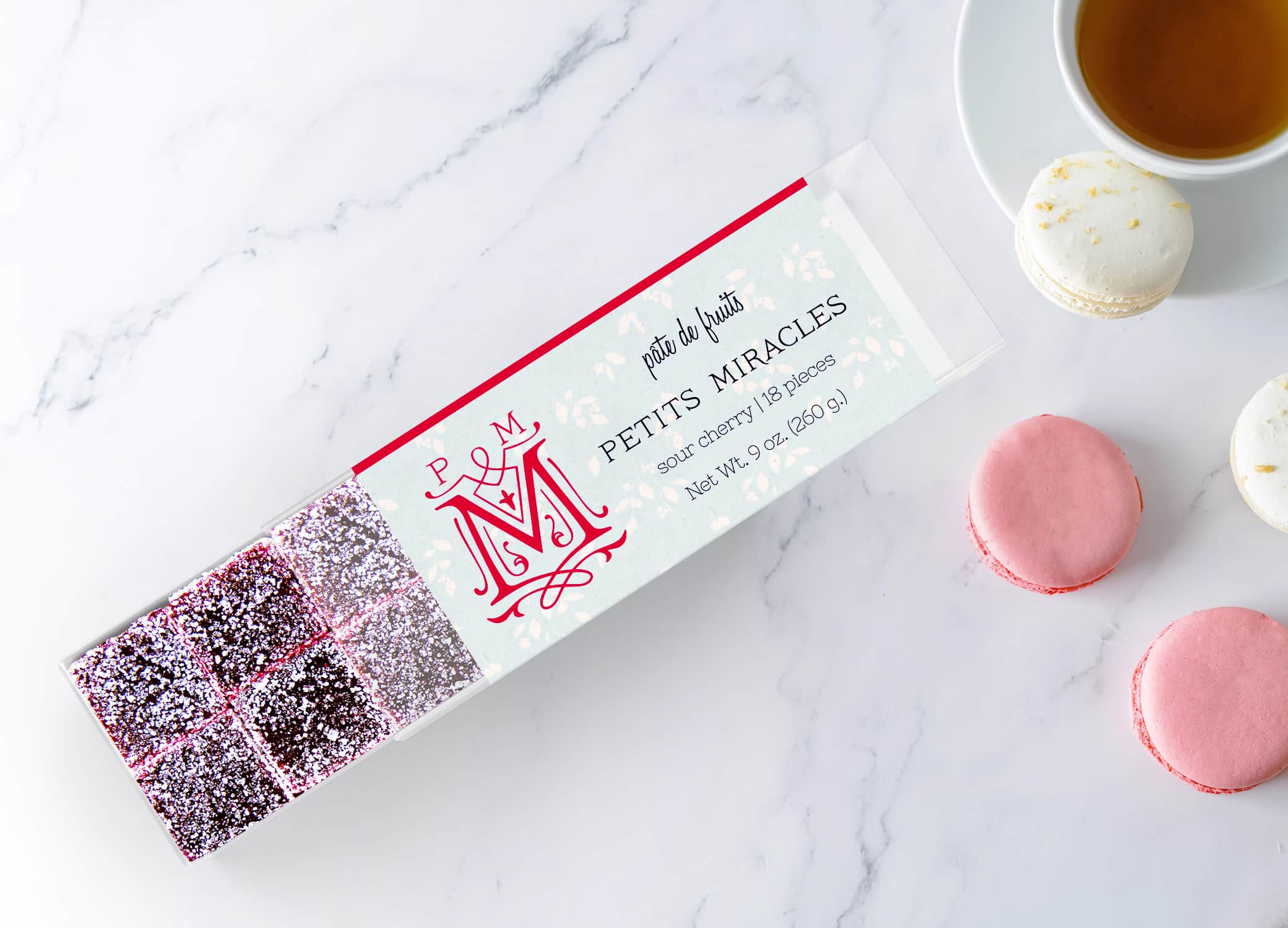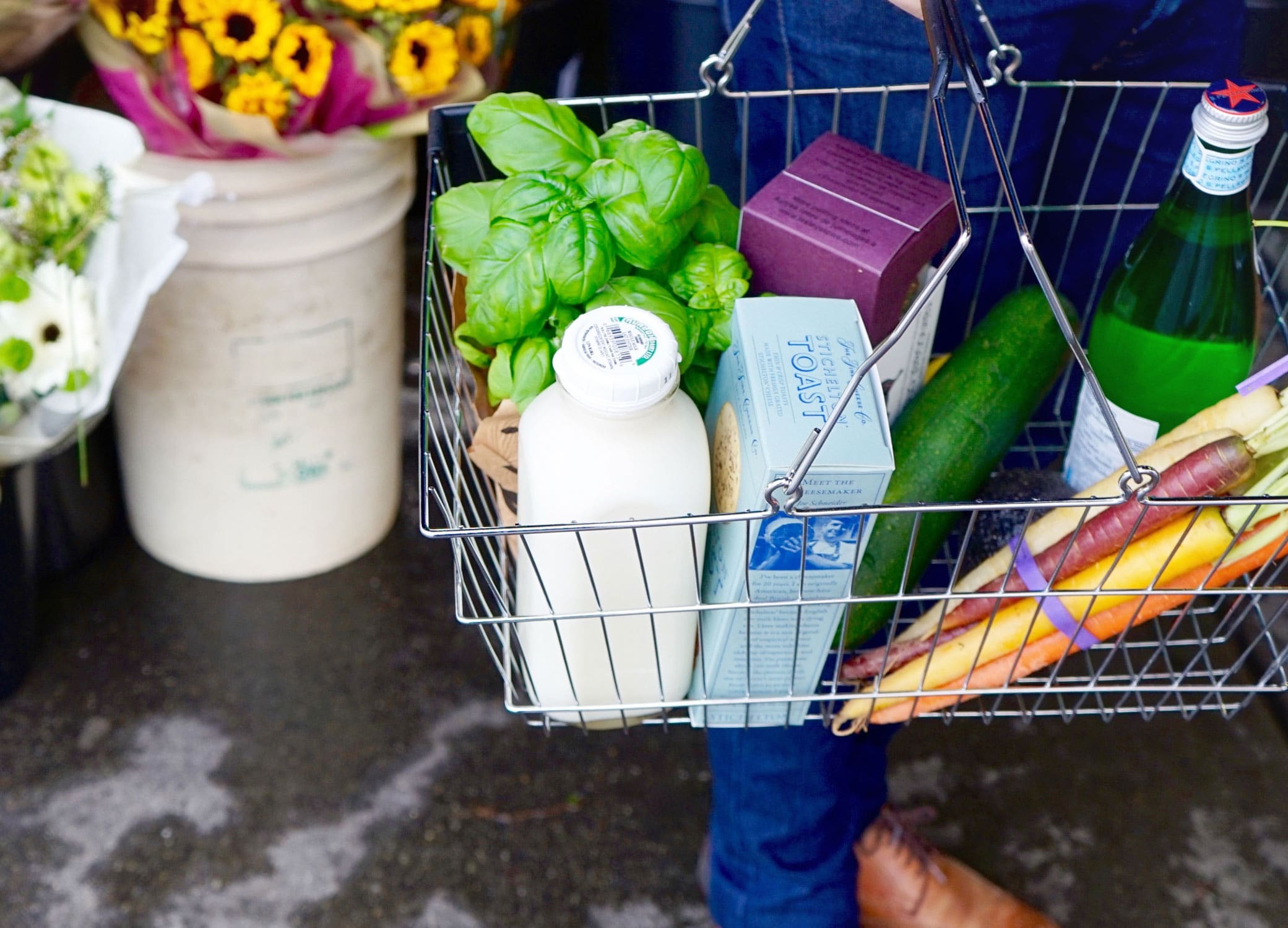Determining how to price a food product can seem overwhelming. From profit margins to manufacturing costs to everything in between, you have a lot of factors to consider.
Price too high and your product might not sell, but price too low and you can’t make any money off of your business.
Fortunately, there are steps you can take to ensure that your products are priced correctly, in a way that appeal to your customers and secure your profits!
Read on to find out how to price your specialty food or beverage item.
Step 1: Conduct Market Research to Help Price Your Food or Beverage Product
Before you start calculating your price, it’s a good idea to get a feel for how much your competitors are charging. Research other food and beverage items in your niche and take note of the price range.
Start compiling a spreadsheet to help you determine your price point. Add competitor pricing to your spreadsheet to track the standard price range for your product.
Remember that this is just to give you an idea of a starting point—you won’t determine your price solely based on your competitors. Take into account the different ingredients and what you offer that makes your product unique.
For example, if you use all organic and non-GMO ingredients, you’ll want to charge a more premium price. Also, consider whether your competitors are selling wholesale or directly to consumers.
Many different factors affect pricing—competitor research is just one small step in the process!
Step 2: Consider Your Manufacturing Costs
Once you have an idea for what a reasonable price range might look like, it’s time to start calculating yours based on your costs.
Start by determining your manufacturing cost. This is the total amount you pay to manufacture your product, including ingredients, packaging, and even shipping. It’s important that you factor in everything that you pay for the product so you don’t underprice and lose money.

Add all of those costs together, then divide them to find your cost per item:
(Cost of ingredients + Cost of packaging + Shipping costs) / (Number of items)
Include your manufacturing cost in your spreadsheet.
Step 3: Factor in Labor Costs
It’s also important to add labor costs into your pricing—after all, you deserve to get paid for your time.
Your labor costs should include your own individual payment along with any staff that you pay to assist in packaging and distribution. Figure out how much time you spend on each item and calculate your labor costs with an hourly rate. Add this to your pricing spreadsheet.
Step 4: Determine the Price of Your Food or Beverage Product
After factoring in labor costs and manufacturing costs, you should have a solid idea of what your products are costing you. Then, it’s time to calculate your price.
The overall average profit margin falls between 40-60%, but the food and beverage industry operates off smaller margins. In fact, the industry’s average profit margin is between 20-30%. That means that you will want to mark your product up 20-30% from your cost.
Remember that profit margins vary widely by industry and even by niche. Your profit margin for a specialty food item will likely be on the lower end, falling in that 20-30% range. But if you sell a beverage, whether alcoholic or not, your profit margin can be higher.
Here is a formula you can use to calculate:
(Your cost) / (1 – margin %)
Let’s say that you sell juice, and each bottle costs you $2 to produce. For a 40% profit margin, here’s what your formula would look like:
2 / (1 – 40%) = $3.33
That means that you want to sell your item for a minimum of $3.33.
For a 60% margin, your formula would be:
2 / (1 – 60%) = $5
Your range of price should fall between $3.33 and $5.
Before you move on, double-check your price with the competitor pricing from your spreadsheet. Does your price fall within the range of your competitors? If not, you might need to rethink your pricing or your product.

Step 5: Compare Wholesale vs Retail Pricing
When calculating the price of your item, it’s also important to remember where and how you’re selling. If you sell directly to customers, whether online or at markets, you can, and should, take a higher profit margin.
But if you’re selling wholesale, your profit will be lower. In this case, you’re selling at a lower cost in exchange for getting your product on the shelves in front of more people.
This can be done through a distributor or directly to a retailer. Keep in mind that your distributor and retailer will expect to make profits off your product too, so they will also want to mark your product up to build in their own profits.
With that in mind, you’ll need to price your products lower for wholesale and higher when you sell directly to consumers.
Here is a formula you can use as a general rule of thumb:
Pricing for wholesale:
2 x (your cost)
Pricing for retail:
3-4 x (your cost)
As you calculate your formula, look back over your spreadsheet. Check competitor pricing and make sure that your price still seems reasonable for your target market and that you’ve included labor and manufacturing costs into the formula.
Step 6: Test Your Food or Beverage Product Price

All of the calculations you do will give you a price to start with, but ultimately your customers will determine whether that price is feasible.
You shouldn’t shy away from setting a premium price for your products, but you won’t know if those prices are right without constant testing, analyzing, and adjusting. Pricing is an ongoing process.
Be flexible and open to making changes. If you find that you need to lower your price, perhaps you can reduce costs somewhere along the way to offset it. If you feel like you can raise your prices slightly, pay attention to how consumers, distributors, or retailers respond.
Make adjustments as needed and continue monitoring. Your price should not stay set in one place forever.
Thinking about launching a food and beverage product business? Make sure to read our post about how to successfully start!
If you need help with designing your packaging, our cpg branding agency can help your brand stand out.
For more resources, check out our food packaging design guide.



